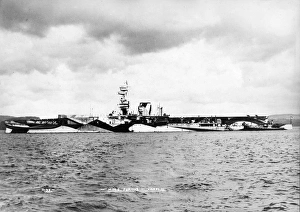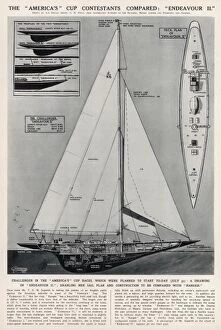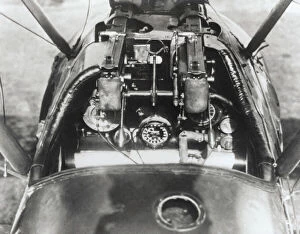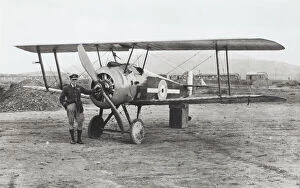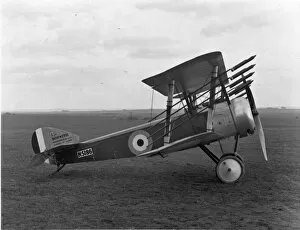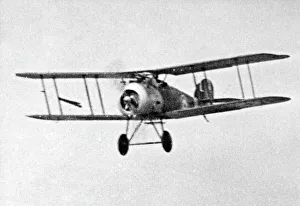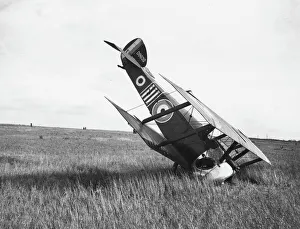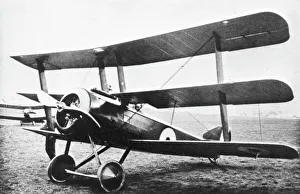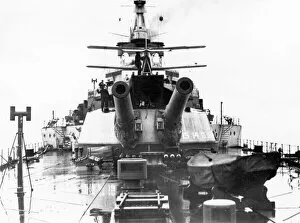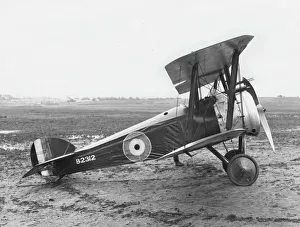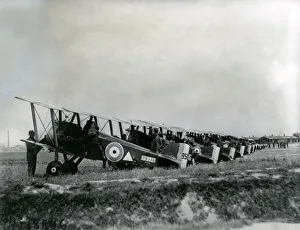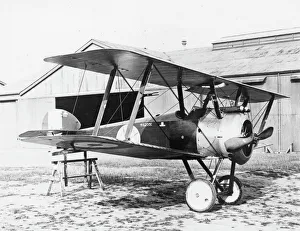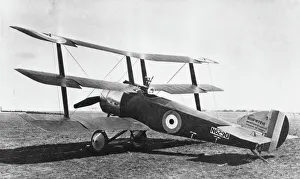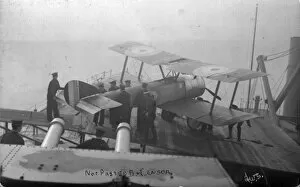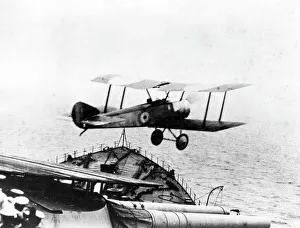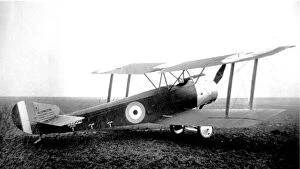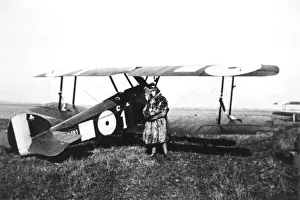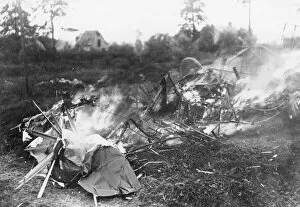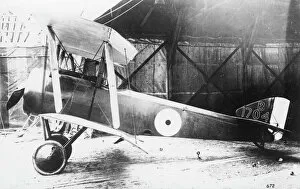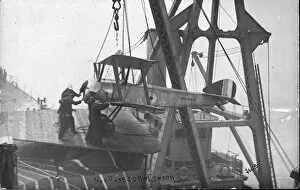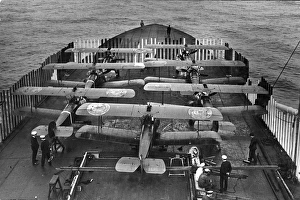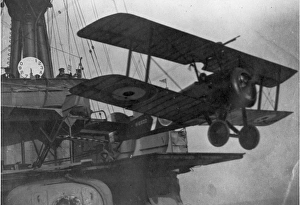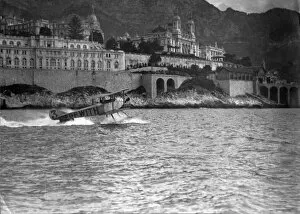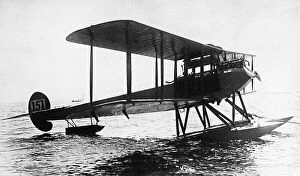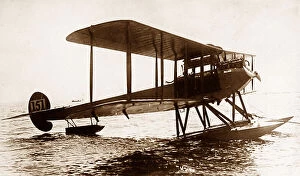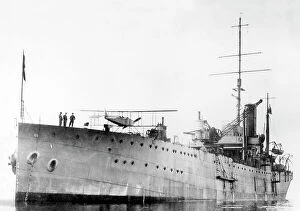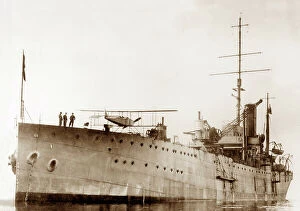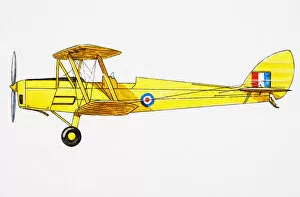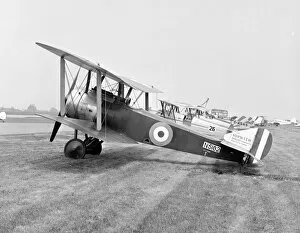Sopwith Collection
"Sopwith: A Legacy of Aviation Excellence" The name Sopwith is synonymous with aviation greatness, spanning across different eras and continents
All Professionally Made to Order for Quick Shipping
"Sopwith: A Legacy of Aviation Excellence" The name Sopwith is synonymous with aviation greatness, spanning across different eras and continents. From the iconic Sopwith Camel biplane to the luxurious Motor yacht Vita owned by Sir Thomas Sopworth in the 1930s, the legacy continues to captivate enthusiasts worldwide. During World War I, the British Sopwith Snipe Mark 1 biplane showcased its prowess in aerial combat, while the Standard production Sopwith triplane proved its mettle on the battlefield. The unforgettable image of a forced landing in France featuring a brave pilot maneuvering a Sopwith Camel biplane serves as a testament to their resilience and reliability. Beyond military applications, Sopwith aircraft found success in civilian ventures as well. The HMS Repulse proudly carried a Sopwith Pup during WWI, showcasing its versatility beyond warfare. Meanwhile, airfields became adorned with rows of majestic Sopwith F1 Camel biplanes - symbols of power and innovation. The Endeavour II stands tall among these achievements; it represents an era where engineering marvels took flight with grace and precision. With each passing year, new advancements were made - from the sleek lines of the sophticasted Motor yacht Vita to groundbreaking designs like that of the innovative 2F-1 variant. Today, we look back at these remarkable machines with awe and admiration for those who piloted them fearlessly into uncharted skies. The story of "Sopwith" is one that intertwines history, bravery, and ingenuity – forever etched into our collective memory as an emblematic chapter in aviation's rich tapestry.

